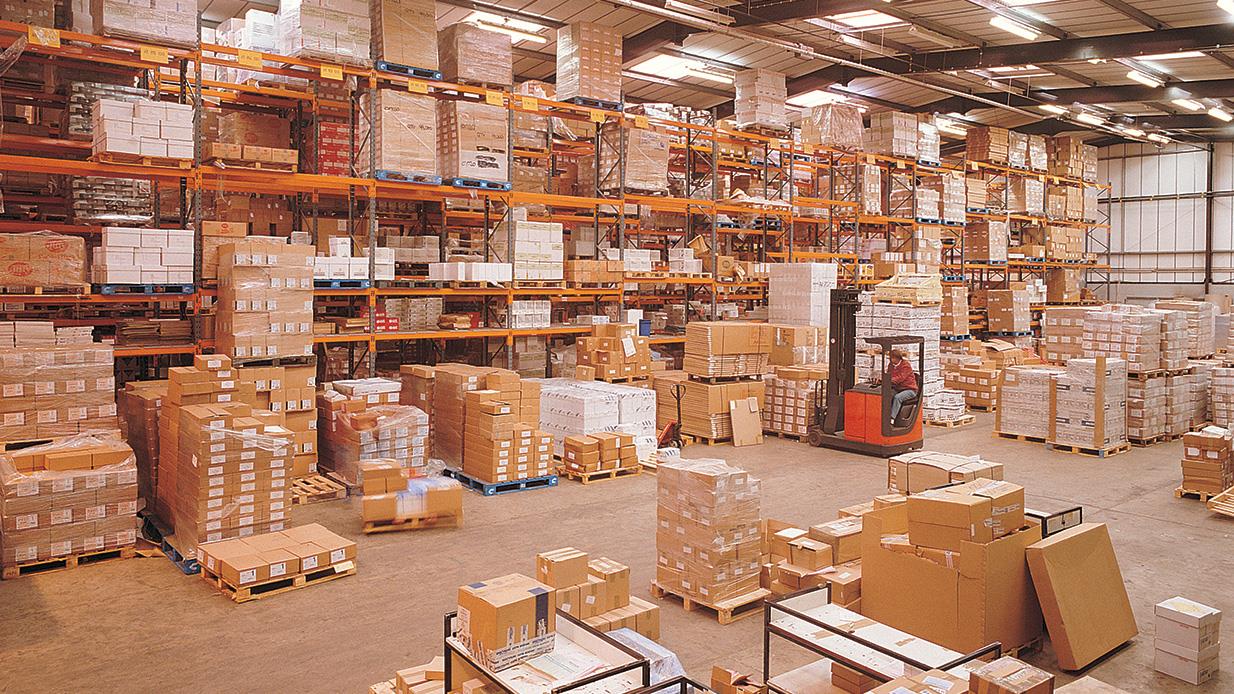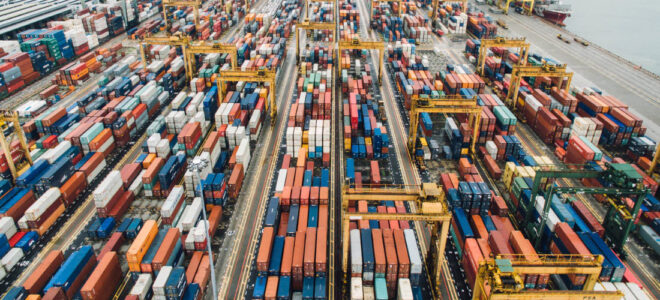When it comes to transporting goods from one location to another, understanding freight is essential. Freight involves the transportation of cargo via ships, planes, trains, and trucks for commercial or personal use. It’s important to understand what does freight mean and how it works in order to be able to make informed decisions about your transportation needs.
This article will explore the basics of freight and its various components – from shipping costs and regulations to handling processes – so that you can better understand this vital part of modern transport.
What is Freight in Transportation?
Freight in transportation is a major component of the global economy. It refers to goods that are transported from one place to another, typically via road, rail, air, or sea. Freight shipped by truck is known as over-the-road freight and often requires special licenses and permits due to its size and weight.
Rail freight moves goods at lower cost but with longer transit times than trucking companies can provide. Air cargo is used for quick delivery of high-value items such as electronics, medical supplies, or perishables like food products whereas sea freight tends to be more economical for bulk shipments that require long distances travel. All modes of transport also come with their own unique set of risks including theft, damage, or delays caused by weather conditions or traffic congestion which must be taken into account when shipping freight internationally or domestically.
How Does Freight Work?

Source: corlettexpress.com
When it comes to understanding freight in transport, it is essential to understand how exactly freight works. Freight is a delivery service that carries goods from one place to another. It can be done by air, land or sea and usually involves the use of either trucks, ships, planes or trains. The process starts with a customer making an order for goods which are then packaged and shipped off for delivery. Depending on the type of shipment selected, the amount of time needed for transit will vary greatly.
Additionally, depending on where these items are being sent from and going too there may be additional fees associated with customs clearance as well as taxes that need to be paid prior to delivery. Once finalised all paperwork has been signed off on the shipment can begin its journey towards its destination; however this doesn’t always go according to plan due to factors such as weather conditions or delays caused by other customers orders taking priority over yours etc.. Therefore when you choose freight services you must factor in any potential delays so that your product arrives at its intended destination safely and within desired timelines – otherwise costly repercussions could occur!
Benefits of Using Freight for Shipping
When it comes to shipping, freight offers many advantages that make it an attractive option. By utilizing freight rather than other forms of transport, buyers can benefit from faster delivery times due to the capacity of larger vehicles and more efficient loading methods. Additionally, freight services offer greater flexibility in terms of size and weight capabilities; meaning goods of any size or weight can be shipped with ease.
Furthermore, unlike other transport options such as air travel, shipping using a freight service is far less expensive and often more cost-effective for bulk orders. Finally, when using a reliable freight company customers have peace of mind knowing their items are in safe hands throughout transit – this ensures products reach their destination on time and without damage or loss.
Challenges of the Freight System

Source: intelligenttransport.com
The freight system has become increasingly complex in recent years, leading to a range of challenges. One of these is the vast network of stakeholders involved in the process. From shippers and carriers to brokers, customs officials, and government agencies all have an important role that must be managed correctly for efficient operation.
Additionally, fuel costs are rising dramatically as regulations tighten on emissions standards for trucking fleets, creating further financial pressure on businesses operating within this space. Another challenge comes from increased competition as companies seek new ways to reduce cost or improve customer service. Finally, environmental concerns also play a prominent part in freight transportation decisions with customers increasingly expecting sustainable solutions from their logistics providers.
Tips for Optimizing Your Use of Freight
When it comes to optimizing your use of freight, there are a few key tips that you should consider. First and foremost, be aware of the different types of freight available. Different types may have different costs associated with them, so being cognizant of this can help ensure you choose the right one for your needs. Additionally, understanding how to best package and secure goods is important as well.
The better they are secured, the more protected they will be in transit and less likely to incur damage or additional costs due to improper packaging. Finally, make sure you understand any potential restrictions or requirements when sending goods via freight services – some products require special handling or paperwork which could have an impact on cost. Keeping these tips in mind will help ensure that your use of freight is optimized for maximum efficiency and cost-effectiveness!

Source: reliableplant.com




